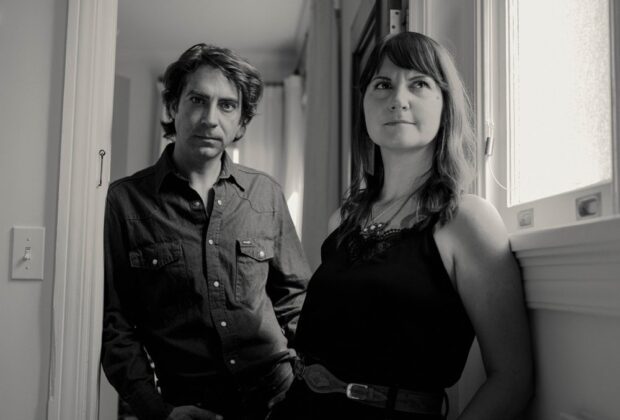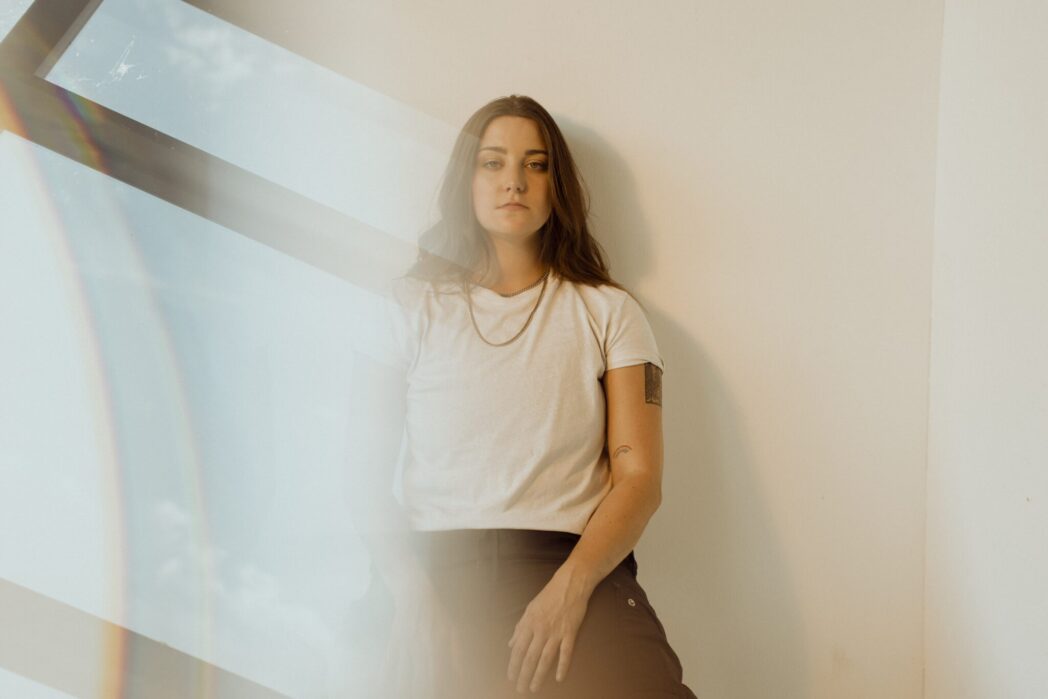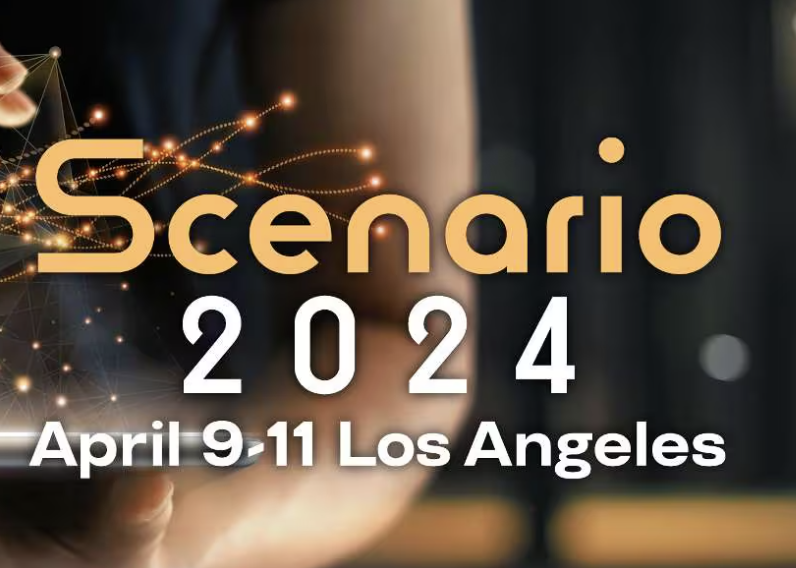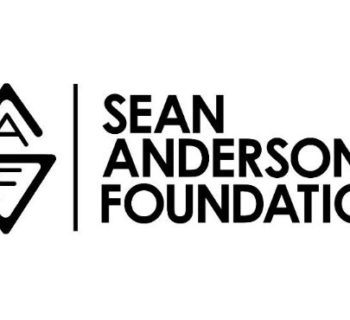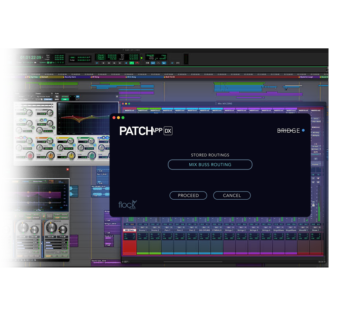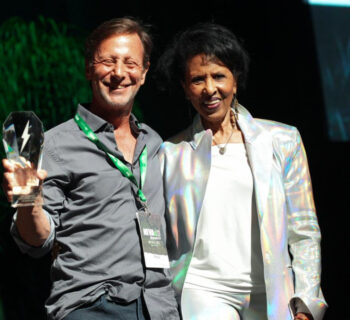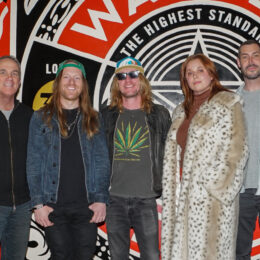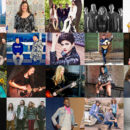Read Mixing/Producing with Phantogram and Crosses
Excerpts and photos from the forthcoming book WIRED v2.0 are included in this article.
Clay Parker and Jodi James were drawn together a decade ago by their love for composing beautifully sparse soundscapes and dreamlike narratives. Their collaboration as a duo proved to be fortuitous. The pair’s self-titled EP (2015) and first full-length release, Lonesomest Sound that Can Sound (2018) garnered critical acclaim and a solid Folk-Americana fanbase. Clay Parker elucidates how he and Jodi bonded over their love of analogue to create music in their Burnside, Louisiana home studio.
When did you decide to have your own creative space, and how did you approach putting it together? Did you have ideas about elements that were “must-haves” for it?
I accidentally slipped into it more than a decade ago, when I acquired my first tape machine. It was an old two-track reel-to-reel that had microphone inputs. I learned the ins and outs of operating tape on it, and most importantly, how that style of gear needs to be maintained. I moved on to a four-track machine that I would tote along wherever I wanted to record. I also had several opportunities to sponge up some invaluable stuff from Chris Finney (via Studio in the Country in Bogalusa, Louisiana). By the time Jodi and I were cutting our first demos (2014-2015), we were using that four-track, a handful of dynamic mics, and a bare-bones mixing console set up in a small room in the Burnside house. Although it was a lot of learn-as-you-go, we liked the idea of self-producing/engineering and set out to make this a space where we could record our music. Since then, I've been acquiring gear and outfitting that small room as a control room.
How would you describe the creative process you undertake while working at your studio?
Our priority with recording is the “capture.” For the music we make all the production happens in the arrangement of the song [before the red light goes on]. If the “capture” feels right, I’ve found there is very little to do in post [mixing] other than a few fader moves and adding some reverb and echo.
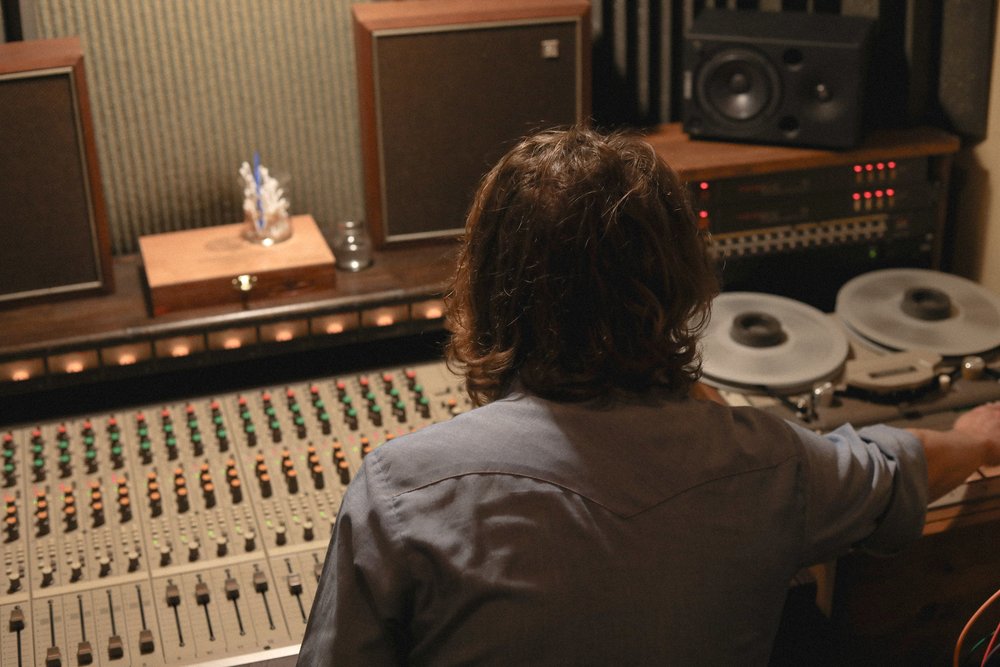
Are there any new recording techniques or ways of capturing sounds in general that you are developing in the studio?
There's a big trick in realizing and embracing limitations [when tracking everyone live in one take]. Every room has its [volume] limits, and once that is found you can keep things happening at a reasonable level. Our live room is small and not a great space for loudness. What I try to do is to get everyone playing in the room [and find its limits]. I'll then start relying heavily on mic patterns and null points. I try not to pick too many fights with mic bleed as there's usually a spot where the bleed sounds good or, at the very least, interesting. Sometimes, subtracting a mic or two can bring everything together.
Is there what you might consider a pivotal moment or a turning point in how you approach the songwriting and creative process?
Prior to tracking Your Very Own Dream, we started experimenting with electric guitars and incorporating them alongside our more traditional acoustic guitar set up. Around the same time our friend and engineer Ryan Tharp invited us to visit his home studio in (7013 Sound) in Fort Worth, Texas to record a few tracks with him. During those sessions, we went further into exploring electric sounds including bass. We loved what we heard, having the more electrified elements lit a fire in our creative process.
When tracking or mixing songs, how do you approach creating the sparse sonic atmospheres often found in your music?
A big part of it comes from our approach to “capturing” a performance rather than building one. It's been the most appropriate method for our music. In addition, (Left -Center- Right) mixes seem to suit what we do. Typically, both of our [electric] guitars are run to a center-panned central amp with reverb, then out individually to left-panned and right-panned dry amps. It makes for a full yet focused sound. If we are tracking with a bassist and drummer, the bass is center and the drums are mic'd in an L-C-R setup to a stereo bus.
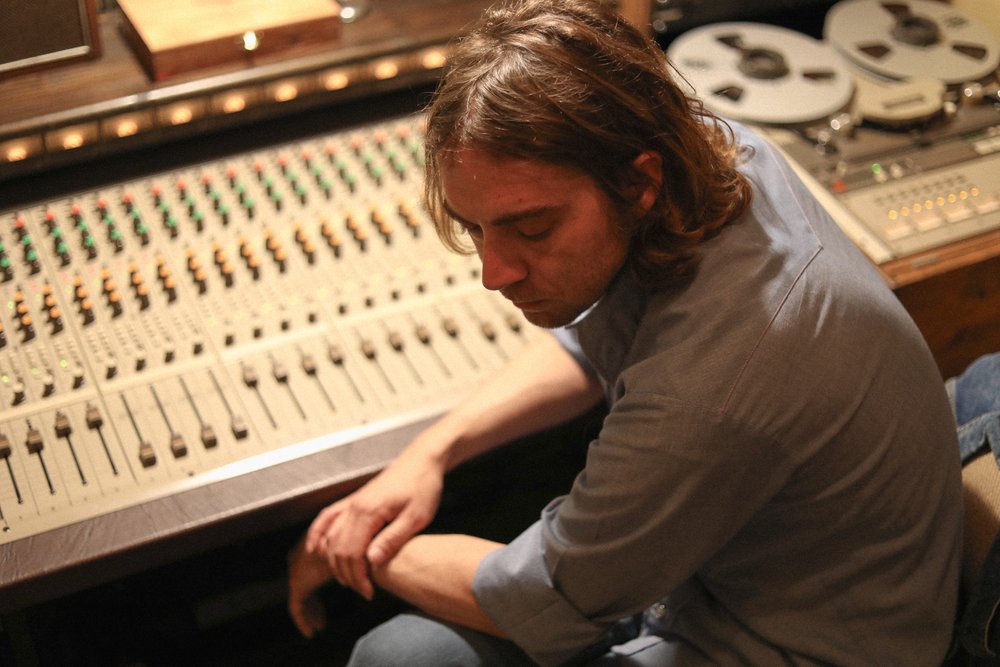
Are there times you changed a song or sound in the studio, when a song went in a different direction than its initial concept?
When we were tracking our song “In the Cool of the Evening” we had one multidirectional vocal mic in the middle of the live room performing on equidistant opposite sides, and one with a dynamic mic placed near the center of the speaker of a Fender amp. We pressed “record,” but during the final playback realized the amp mic was “off.” Luckily, the vocal mic picked up our voices, but also the subtle ambiance of the live room which gave the song the breath it needed. A magical moment where things turned out nice.
Are there any instruments or pieces of outboard gear you are currently drawn to and can you give an example of how you are currently using them in your studio?
I'm not much of an organ player, but I have a Hammond M-143 paired with a Leslie Cabinet that I put a fair amount of blood, sweat, and tears into rebuilding a couple of years ago. Absolutely nothing can emulate the sound of a Leslie in a room. As far as outboard gear, I use a Tascam 22-2 as a dedicated stereo delay/echo unit on nearly every recording. It runs at 7.5 ips for a cool slap-back effect and 15 ips for a quick-reflection sound.
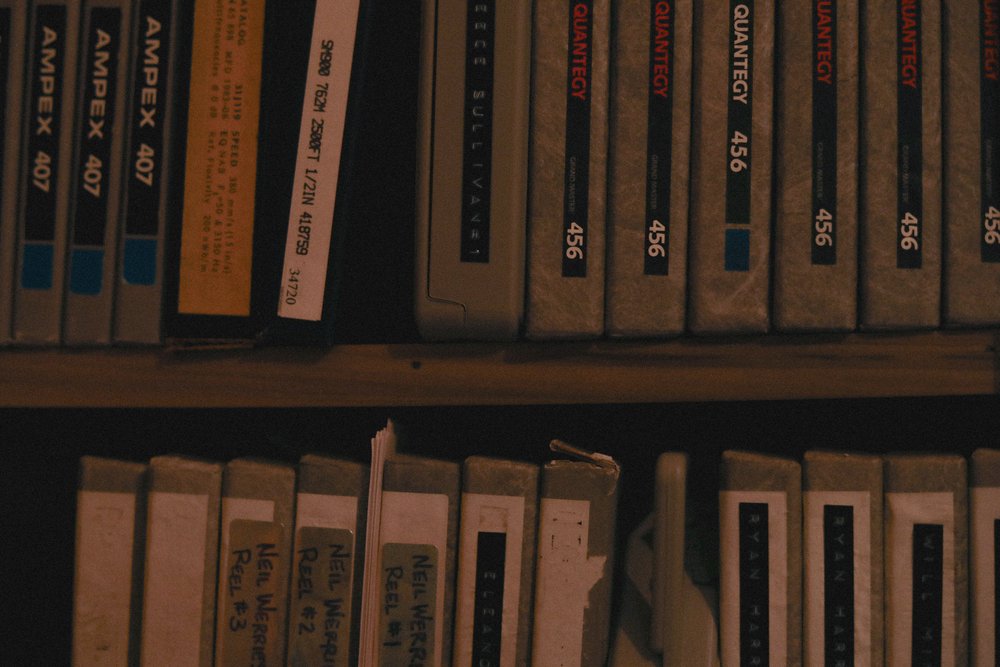
Sample Gear list:
Tascam M-520 20 channel, 8 bus console
Tascam 48 8-track ½" recorder
Teac A3300-2T 2-track ¼" master recorder for analog masters
SEK’D 24/96S Analog/Digital Converter
Marantz PMD-580 for digital masters
Tascam RS-20
Teac 22-2
Gibson J-45/50, Telecaster
Fender Champ (silverface)
Banjo
Shure 545 mic
Clay has a propensity for modifying mics, his Telecaster and almost anything else to get to the sound he’s after: “I’ve always drawn to older music – [modifying] makes you feel some sort of physical connection to [the past]. It's an easy access to humility.”
Mics: I usually find myself leaning into classic circuits as opposed to ones that feature more modern conveniences or versatilities [in their circuitry]. I like a one-trick pony. Many modern manufacturers don't match the circuitry to the appropriate capsule very well, so that's the first thing I replace. After that, I usually replace electrolytic capacitors and film types if they can fit. Bright, peaky mics aren't typically of any use to me, so sometimes I'll change the values of their components to tame the high end.
Telecaster Guitars: My Telecaster is a bunch of parts from different guitars thrown together in an attempt to replicate Fender’s early designs. It's got a thick neck, '50s pickups, flat-wound strings, and has its original wiring scheme for a two-pickup guitar, blend circuit and dark circuit.
Fender Early Design - Blend Circuit: Dual pickup assembly from 1950-1952. Telecaster circuitry was called a blend circuit. It had a 3-way switch, a volume knob, and a “blend” knob. The blend knob was used to mix the neck pickup and bridge pickup: Position One: the bridge pickup with the tone knob acting as a blend switch to bring in as much of the neck pickup as desired. Position Two: the neck pickup alone with no blend control. Position Three: neck pickup alone.
Fender Early Design -Dark Circuit: Dual pickup assembly from 1952-1967. The Fender “Dark Circuit” replaced the “blend” with a tone control. It had similar circuitry to the blend circuit (three-blade switch) but with a variation: Position One: Bridge pickup alone with tone control engaged. Position Two: Neck pickup alone with the tone control engaged. Position Three: Neck pickup alone with a bassy-sounding preset and no further tone control.
There are numerous ways a Telecaster can be transformed from flipping a control plate to adding a four-way or five-way super switch. If prone to tweaking sounds, modifying can be an amazing way to customize a guitar. For additional information on wiring guitars and to download schematics go to https://www.seymourduncan.com/.

